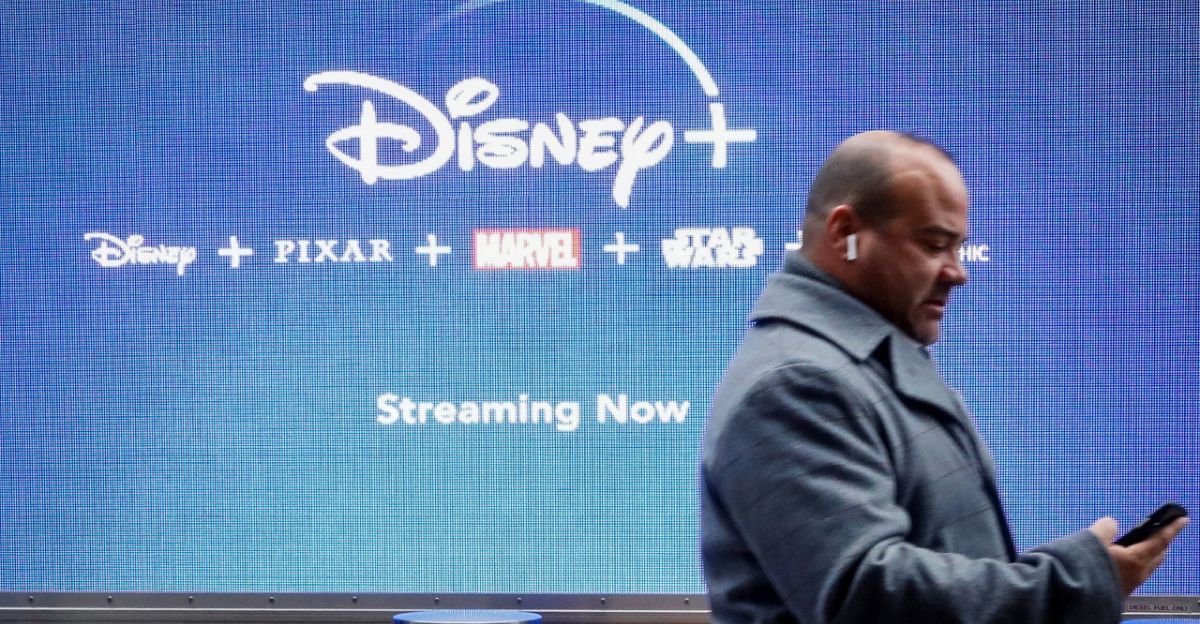
Disney’s streaming services faced a sudden mass exodus in late September 2025: roughly 1.7 million subscribers canceled accounts during the week of Sept. 17–23.
This one-week churn was 436% above Disney’s normal cancellation rate, far exceeding any prior spike. The simultaneous departures from Disney+, Hulu, and ESPN+ represented the largest slump in subscribers since the platforms launched.
Historic Cancellation Spike
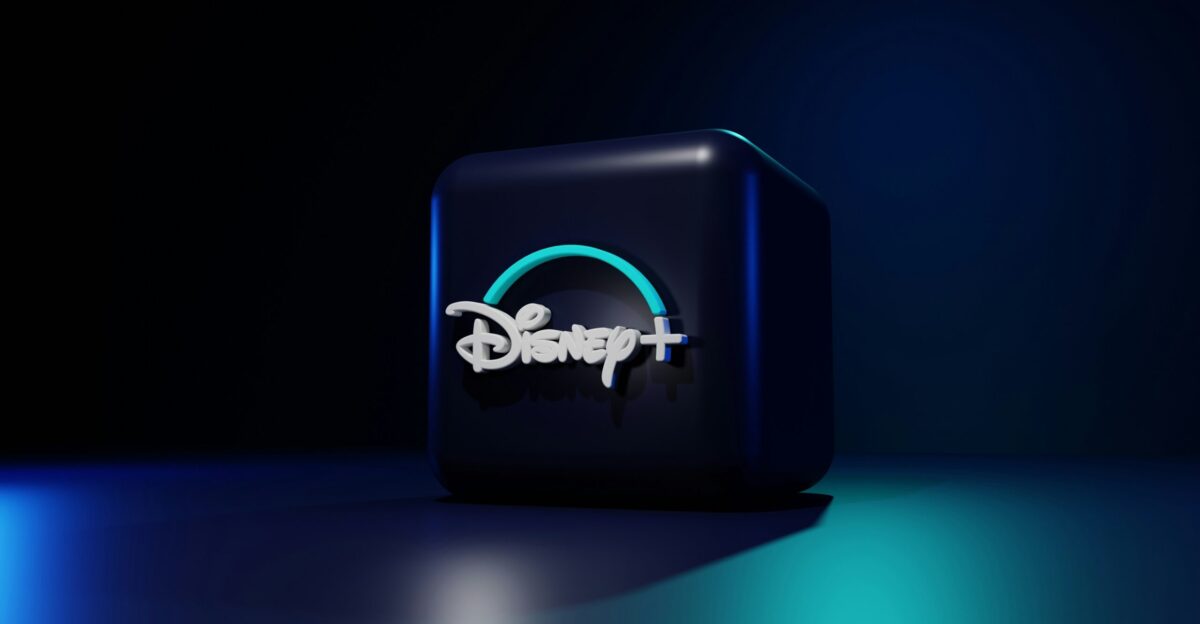
Disney’s internal data confirmed the surge: cancellations spiked 436% above baseline during Sept. 17–23.
Such a one-week jump was unprecedented for Disney — even larger than churn seen during the Covid-era rush. It marked the highest weekly cancellation spike in the company’s streaming history. The sudden shock alarmed executives and forced immediate strategy talks.
Disney’s Streaming Empire
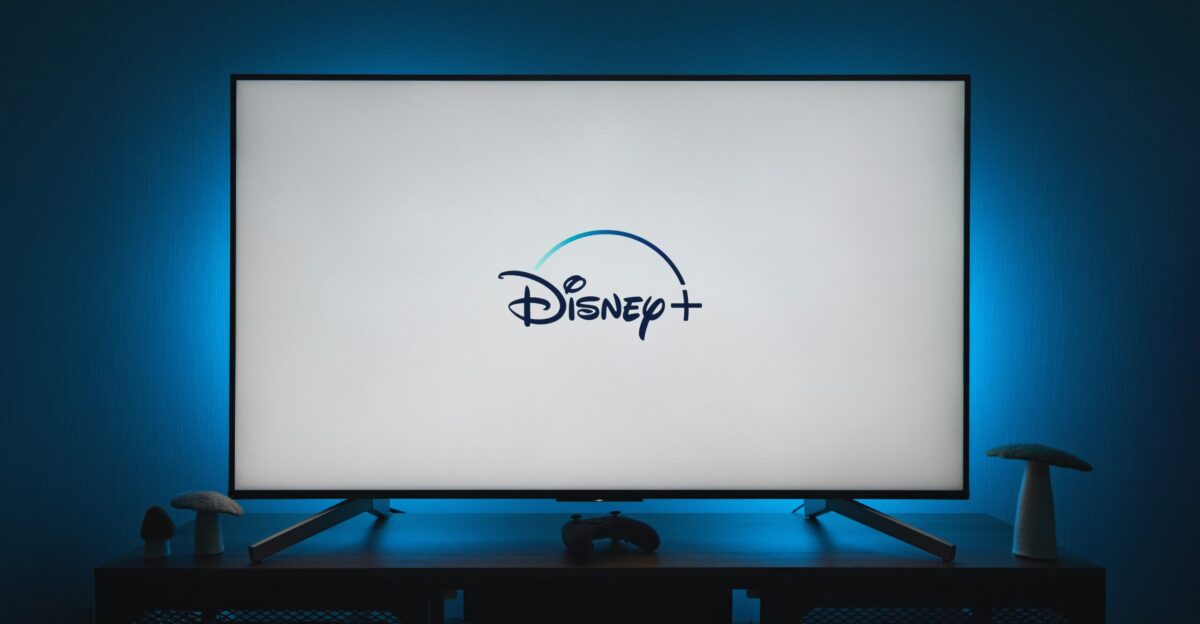
By Q3 FY2025, Disney had built a vast streaming empire: 183 million combined Disney+ and Hulu subscriptions.
Disney+ alone accounted for the bulk of those users. Globally, Netflix remained far ahead with over 300 million subscribers. Years of heavy investment had driven Disney’s build-out, aiming to challenge Netflix’s dominance in streaming.
Shockwaves from Kirk’s Assassination
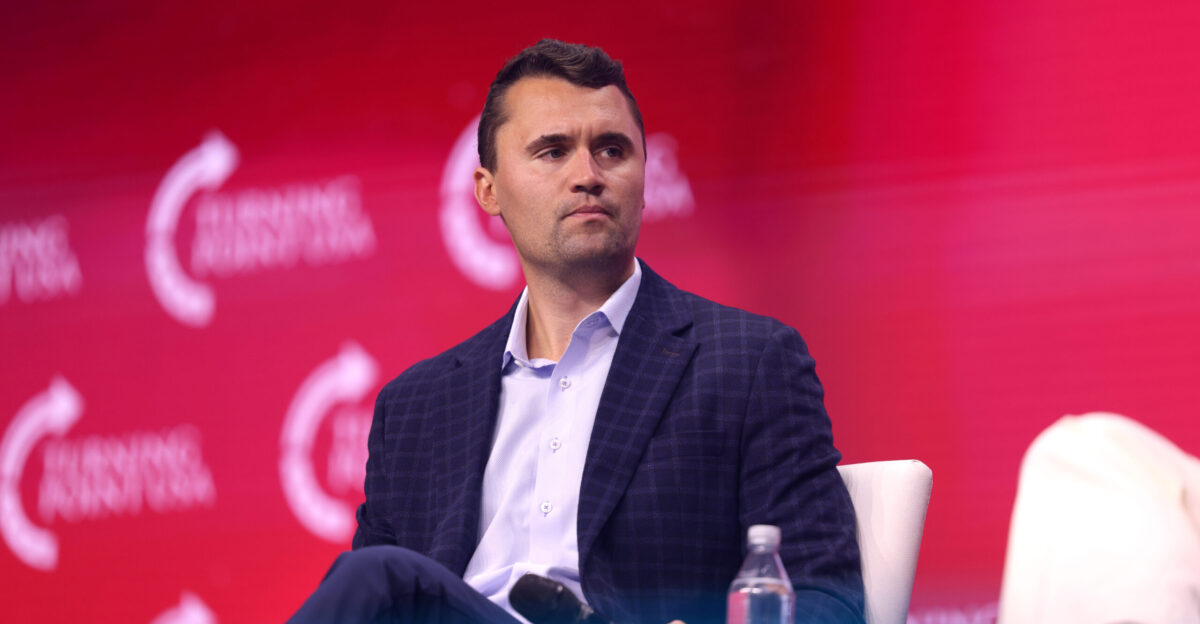
On Sept. 10, 2025, conservative activist Charlie Kirk was fatally shot at a Utah university event. The killing instantly became a political flashpoint. Some Trump supporters blamed “the radical left” for Kirk’s murder, stoking fury and calls for retaliation.
This charged atmosphere put intense focus on how media figures would respond — a tense backdrop for what followed.
Kimmel’s Controversial Monologue
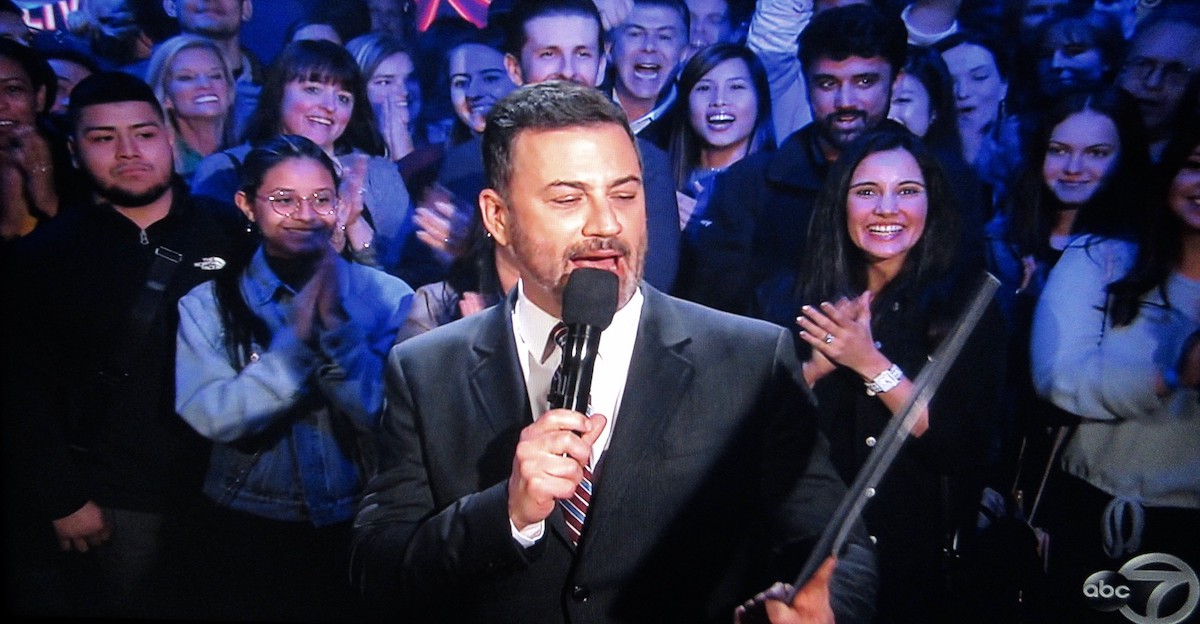
Amid these tensions, late-night host Jimmy Kimmel opened his Sept. 15 ABC talk show with a monologue targeting MAGA supporters: “We hit some new lows… with the MAGA gang desperately trying to characterize this kid who murdered Charlie Kirk as anything other than one of them…”.
Two days later, ABC pulled the show off the air. Six days after that, Disney reinstated Kimmel.
Financial Fallout

The subscriber revolt hit Disney’s bottom line. Analysts estimate that about $17 million in streaming revenue was lost per month due to the cancellations. Disney’s stock price plummeted in response: between Sept. 17–23 it was down roughly 2.4%, erasing about $5.0 billion in market value.
Investors pinned the sharp drop squarely on the sudden subscriber exodus tied to the Kimmel controversy.
Consumers Fight Back
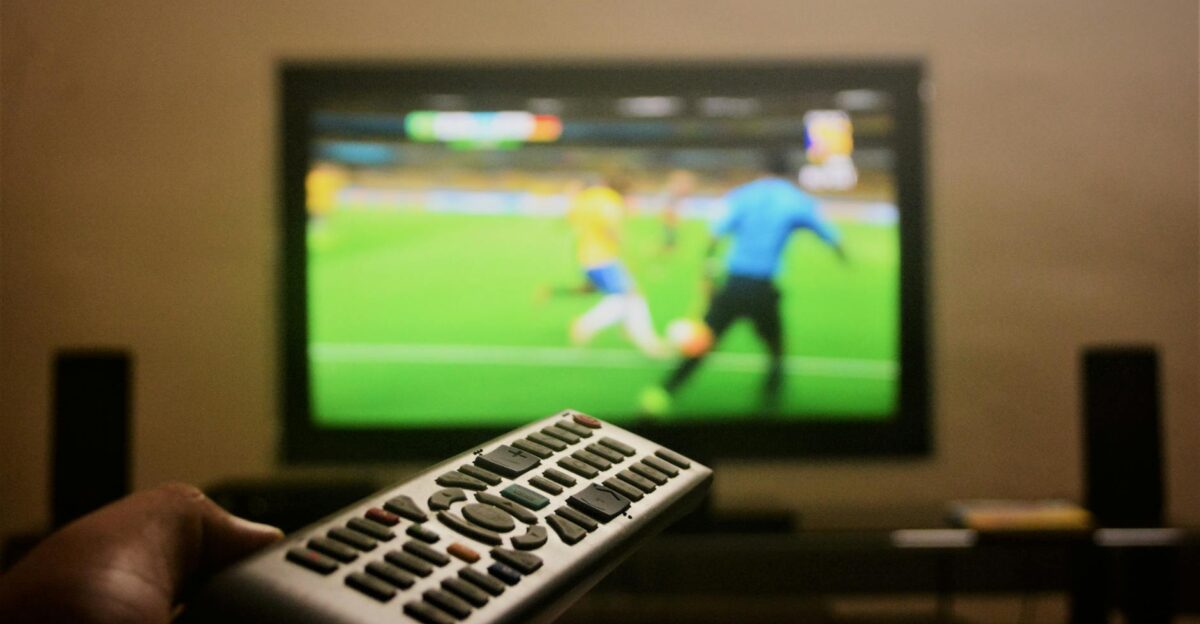
Viewers treated cancellations as protest actions. Media scholar Susan Campbell observed that consumers were exercising their “First Amendment rights in the marketplace” by quitting Disney services.
Grassroots campaigns amplified the pressure: protesters rallied outside ABC studios while hashtags like #CancelDisney trended. Even celebrities spoke out — one actor publicly warned that Disney’s stock would fall “a lot further” if Kimmel remained off the air.
Affiliate Rebellion
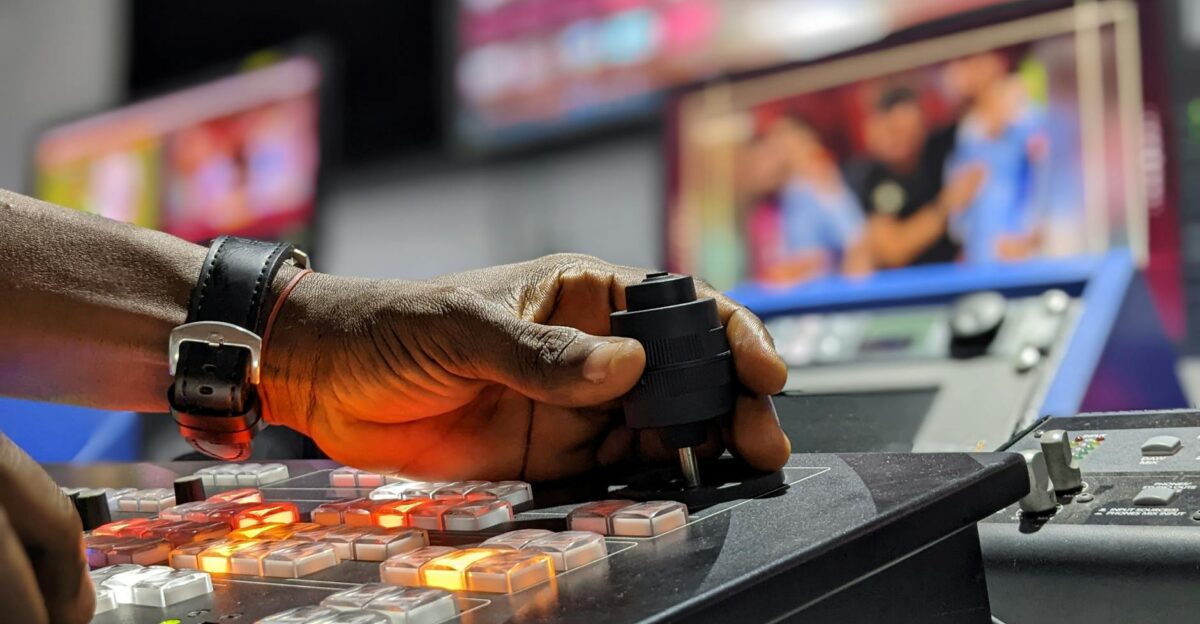
Major ABC affiliates revolted. Nexstar Media Group and Sinclair Broadcast Group — together covering nearly a quarter of U.S. TV households — refused to air Kimmel’s show even after Disney lifted the ban.
Sinclair publicly demanded that Kimmel apologize to Kirk’s family and donate to Kirk’s Turning Point USA group as conditions for resuming broadcasts. The affiliates’ stand-off threatened ABC’s reach nationwide.
FCC’s Heavy Hand
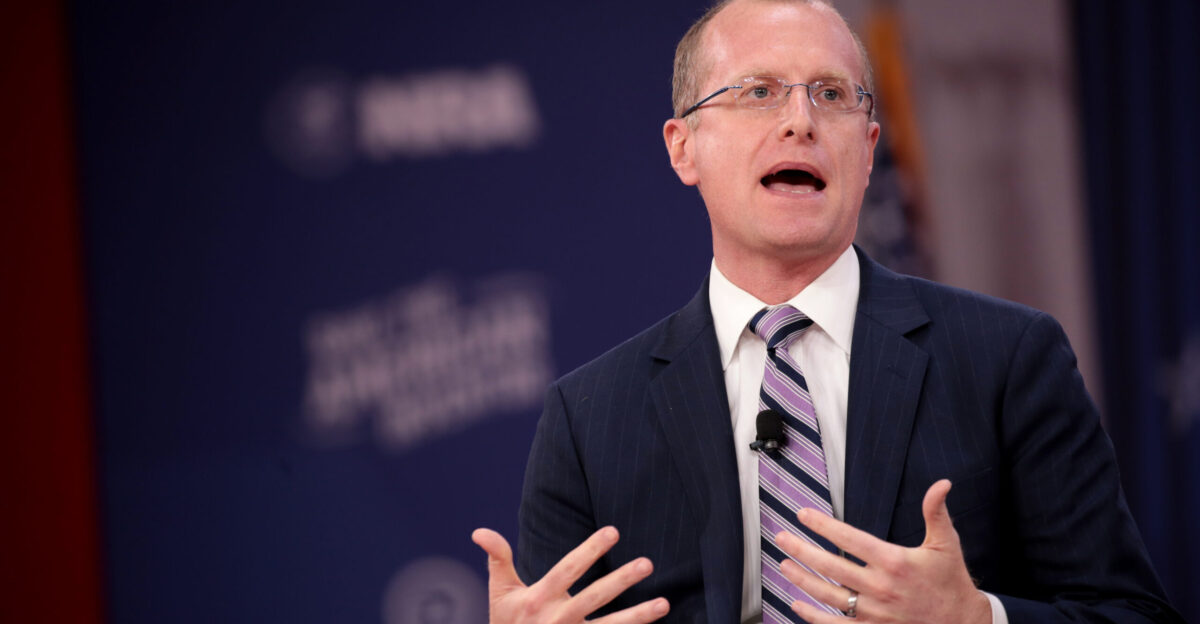
Regulators intervened aggressively. FCC Chairman Brendan Carr warned that broadcasters risked losing their licenses if they disobeyed his directives. On a public radio program, he bluntly told affiliates, “we can do this the easy way or the hard way”.
His threats drew bipartisan outrage: Senate Commerce Chair Ted Cruz likened Carr’s rhetoric to “Goodfellas”-style mafia intimidation.
Shareholder Revolt
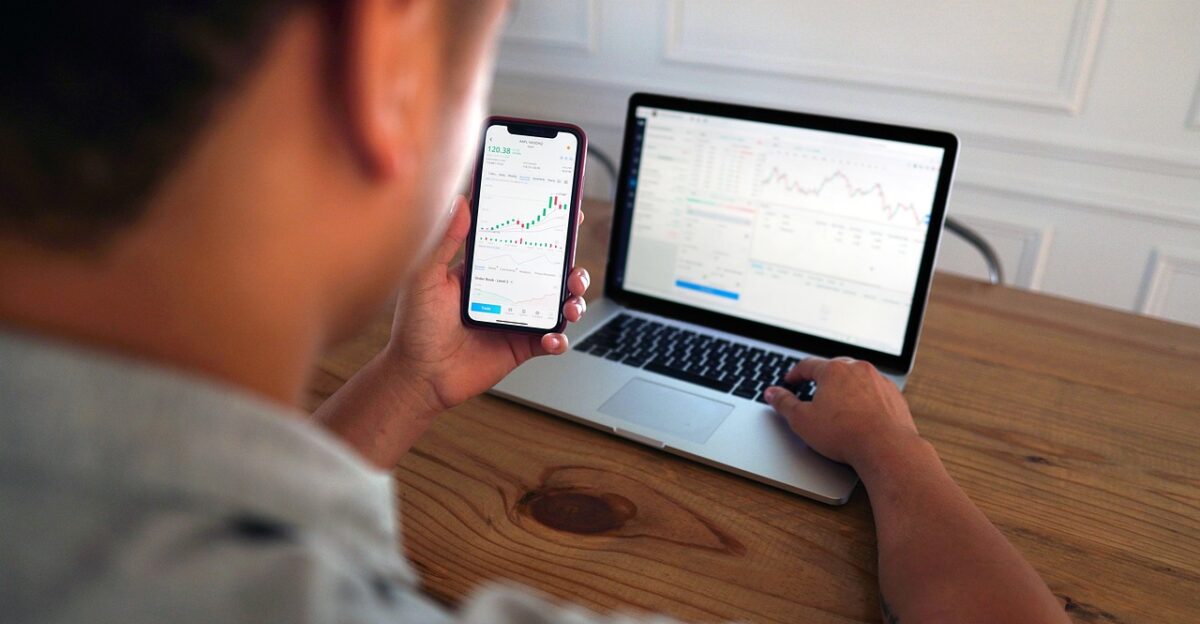
Meanwhile, institutional investors demanded answers from Disney’s board. Lawyers for Disney shareholders (including the American Federation of Teachers and Reporters Without Borders) formally asked for internal documents on the suspension.
Their letter warned there was “credible basis to suspect… that the board and executives may have breached their fiduciary duties… by placing improper political or affiliate considerations above” shareholders’ interests.
Resistance from Within
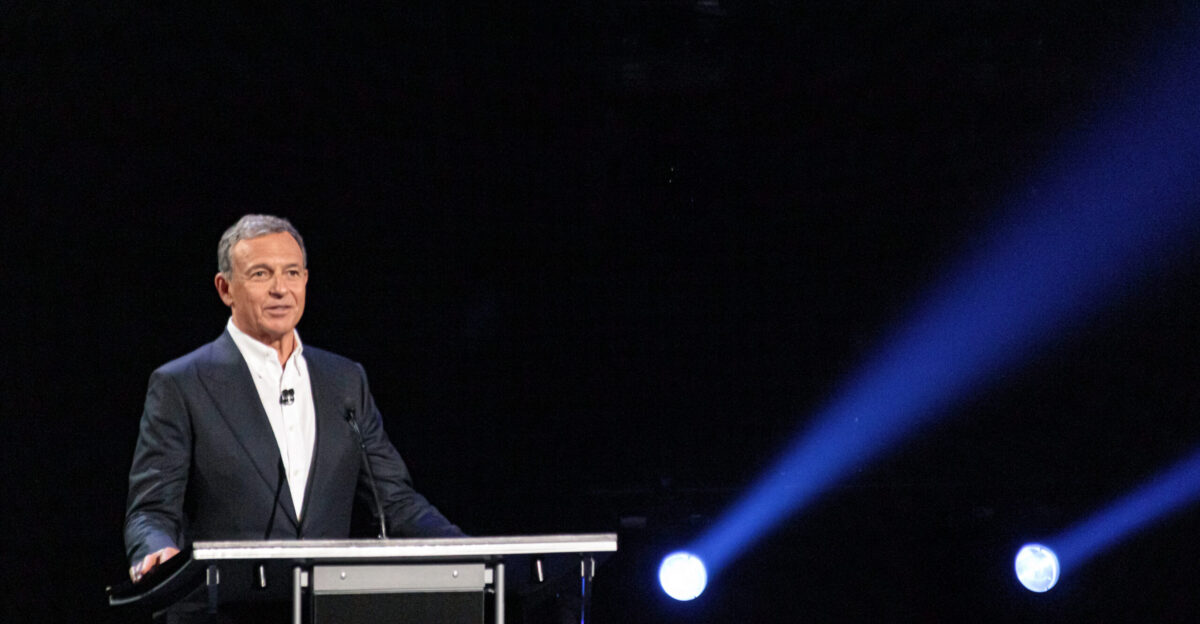
Reports surfaced of resistance inside Disney’s ranks. Some executives privately cautioned CEO Bob Iger that yanking Kimmel was a mistake.
Outside the boardroom, Hollywood labor unions (representing over 400,000 entertainment workers) quickly rallied behind Kimmel, warning that yielding to political intimidation would set a dangerous precedent for creative freedom. The uproar exposed a rift between business caution and entertainment values at Disney.
Leadership Under Fire
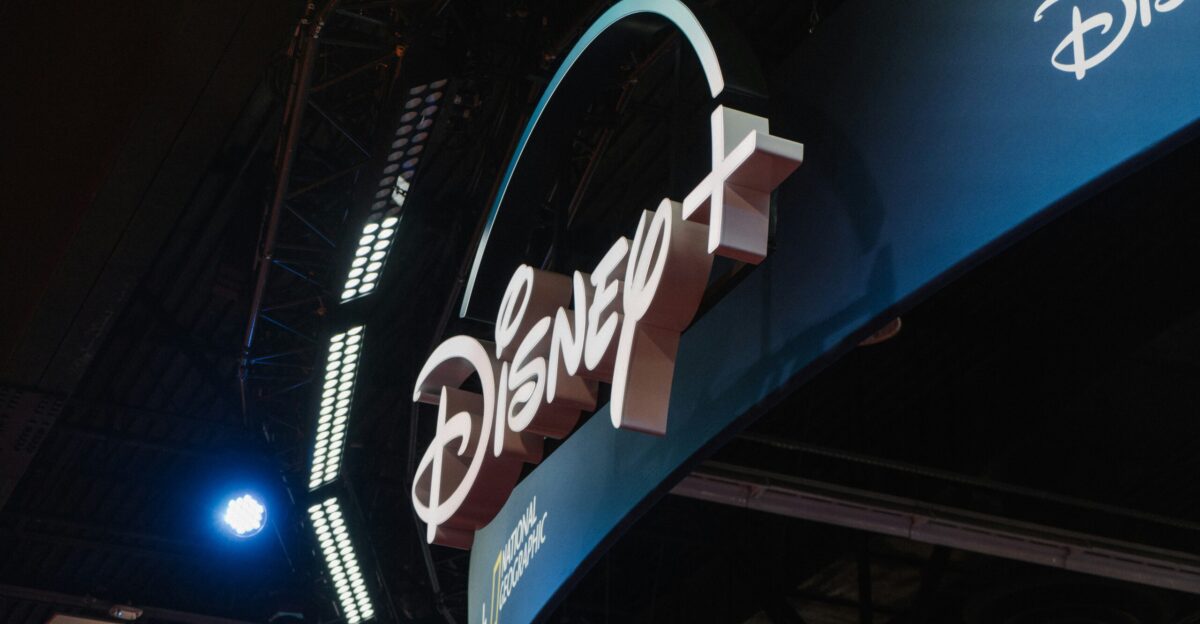
As the crisis deepened, Disney’s leadership pivoted. On Sept. 22, ABC announced Kimmel’s show would return the next day after what it described as “constructive conversations” with the host.
Insiders say this reversal followed intense debates over whether to appease affiliates and regulators or protect talent. The decision underscored how severely the suspension had damaged Disney’s finances and reputation.
Damage Control Strategy

Disney’s swift retreat was no accident. The company had announced streaming price hikes effective Oct. 21 (Disney+ from $16 to $19, etc.) and feared that any prolonged boycott would compound subscriber losses.
By engaging in “constructive conversations” with Kimmel and ending the suspension, Disney aimed to stem cancellations and stabilize its stock before the new prices kicked in.
Expert Doubts and Criticism

Analysts and media scholars remained skeptical. Professor Susan Campbell of the University of New Haven called Disney’s action “a reactive move that underestimated both the audience’s maturity and the costs of silencing a voice”.
Critics noted that once a company appears to bow to political demands, it risks a credibility deficit in future disputes. Many see the reinstatement as forced damage control, not a principled victory.
Affiliates Stand Down
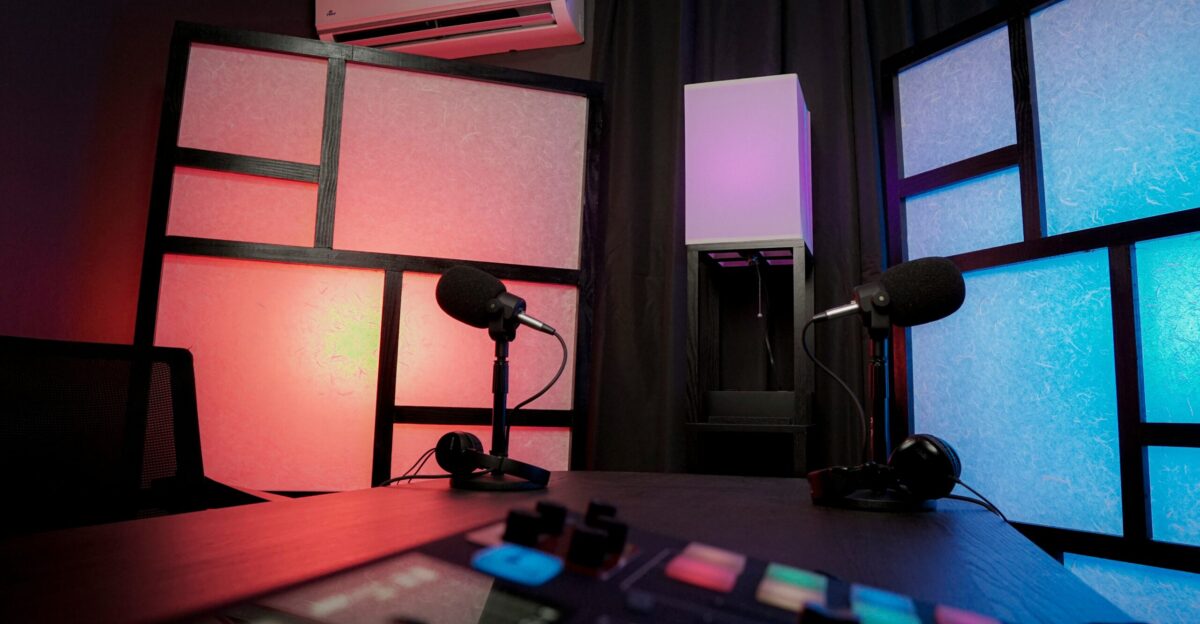
By Sept. 26, the affiliates relented. Sinclair and Nexstar announced they would air Kimmel’s show again that Friday evening.
Both cited customer and advertiser pushback as key factors. The rapid end to the boycott highlighted the commercial cost of prolonged blackouts — although it established a precedent for stations to defy controversial programming decisions.
Congressional Showdown
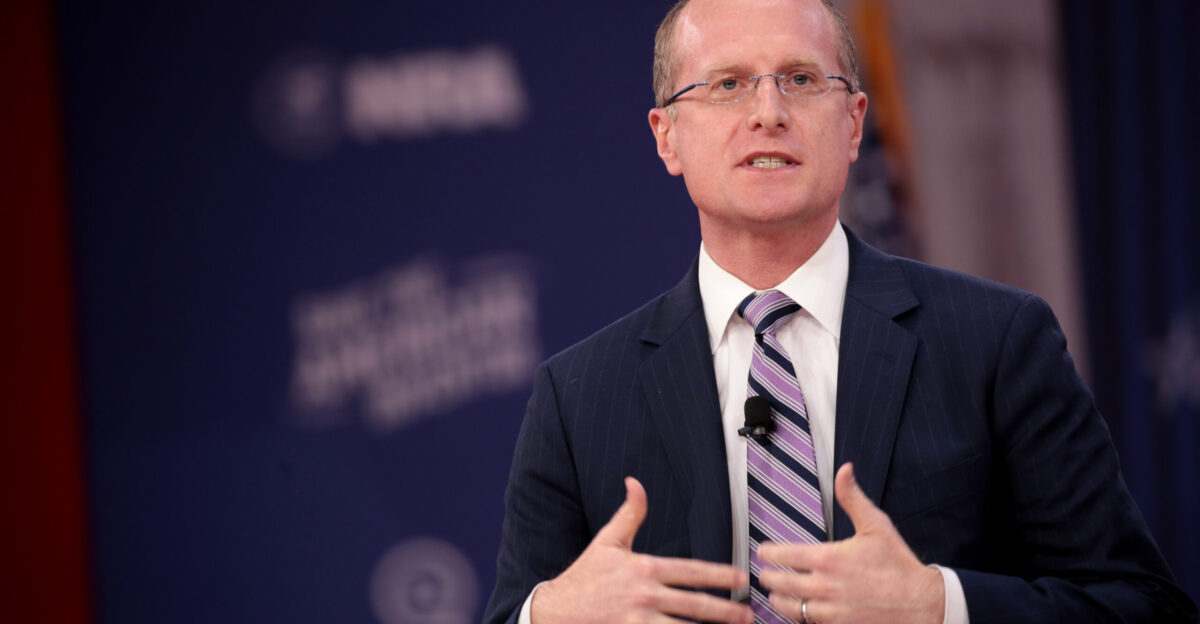
Pressure reached Capitol Hill. In November, FCC Chair Carr agreed to testify before the Senate Commerce Committee. Sen. Ted Cruz, who chairs the panel, blasted Carr’s threats as akin to “Goodfellas” mafia intimidation.
The hearing will scrutinize whether the FCC overstepped its authority by pressuring ABC and its affiliates over Kimmel’s remarks.
Global Free-Speech Concerns
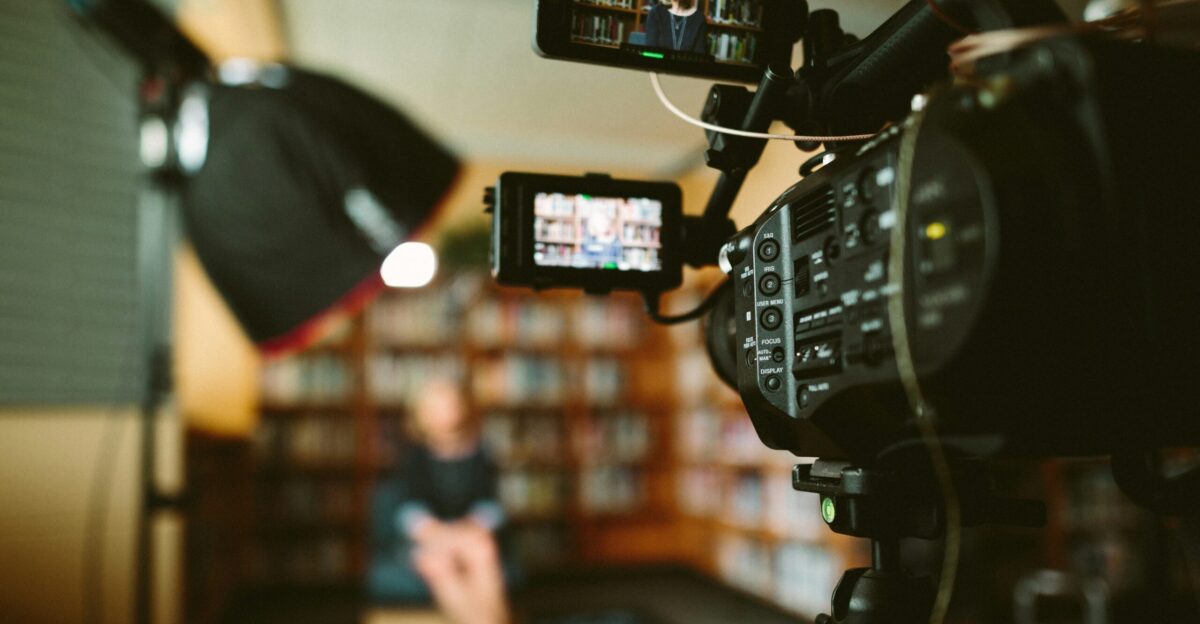
The saga drew global attention. Press freedom groups joined Disney’s critics: RSF and pro-democracy allies filed formal requests for transparency, warning of a “reckless assault on the First Amendment”.
International media portrayed the incident as emblematic of a broader erosion of safeguards — if the US government could pressure a major network, what about more authoritarian regimes?
Constitutional Questions
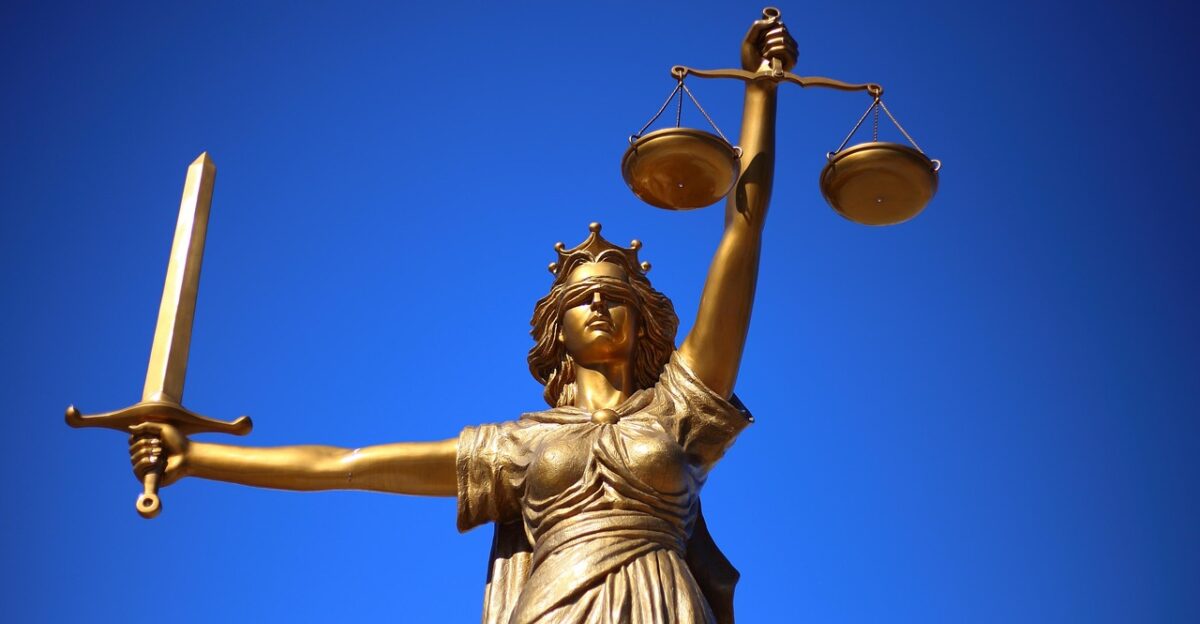
Legal experts warned of a dangerous precedent. Brookings Fellow Tom Wheeler noted Carr’s approach effectively weaponizes the FCC by using economic threats instead of direct censorship.
Under this “permission structure,” networks risk punishment if deemed not “in the public interest.” Scholars say it undermines the First Amendment, as government pressure still influences content choice.
Culture War Spotlight
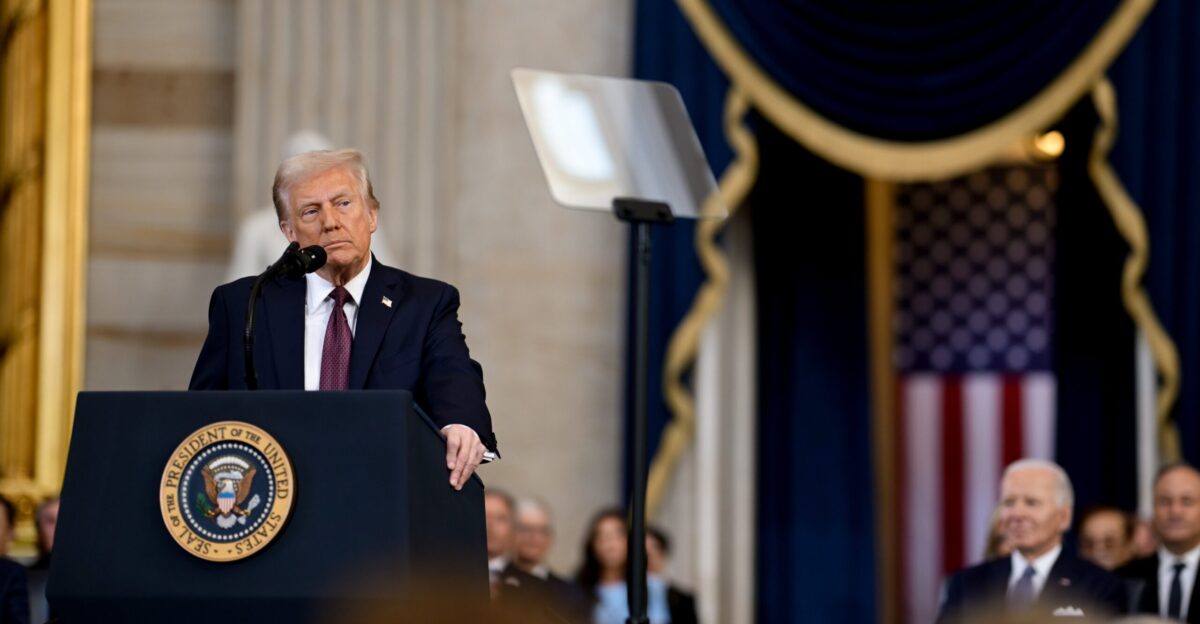
The Kimmel clash became a flashpoint in America’s culture war. Conservatives celebrated Disney’s initial ban, with President Trump commending the network’s stance. Democrats, by contrast, blasted it as censorship: former President Obama called the FCC’s threats “precisely the kind of government coercion the First Amendment was designed to prevent”.
The polarized reactions underscored that even entertainment shows have become ideological battlegrounds.
Aftermath and Future Challenges
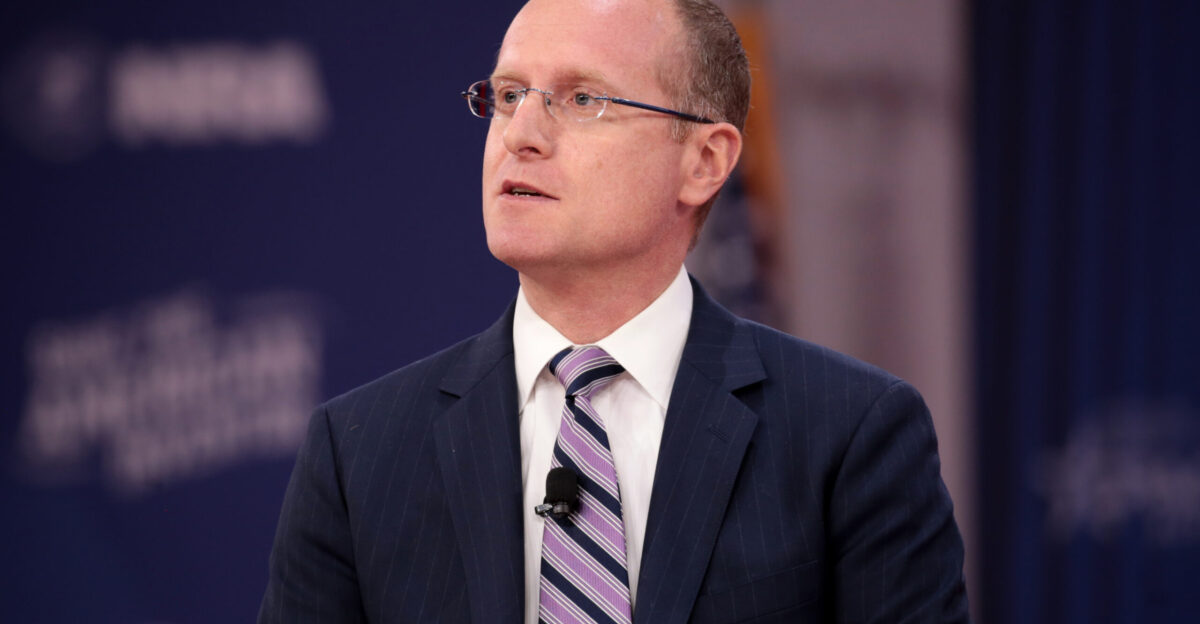
Looking ahead, analysts see lasting implications from this saga. FCC Chair Carr’s promise that “we’re not done yet” hints at more regulatory pressure ahead. The Disney-Kimmel crisis gave regulators and consumers a playbook: both learned they can pressure broadcasters and elicit concessions.
Going forward, streaming giants must balance shareholder value, audience sentiments, and creative freedom in every content decision.